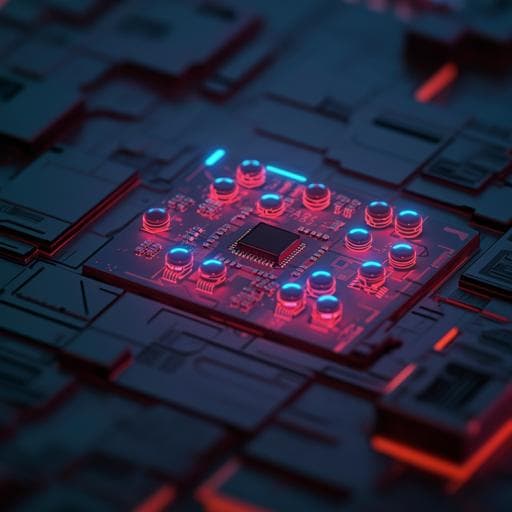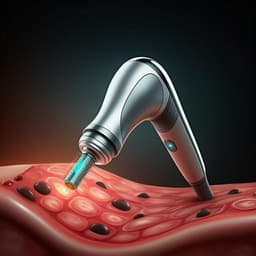
Engineering and Technology
SPEED: an integrated, smartphone-operated, handheld digital PCR Device for point-of-care testing
H. Zhang, X. Liu, et al.
Discover the groundbreaking SPEED device, a smartphone-based digital polymerase chain reaction (dPCR) technology designed by Haoqing Zhang, Xiaocheng Liu, Xinlu Wang, and colleagues. This innovative system leverages advanced thermal management and optical techniques to optimize DNA analysis, showcasing remarkable validation with various DNA targets. Don't miss out on the insights from their research!
~3 min • Beginner • English
Related Publications
Explore these studies to deepen your understanding of the subject.







